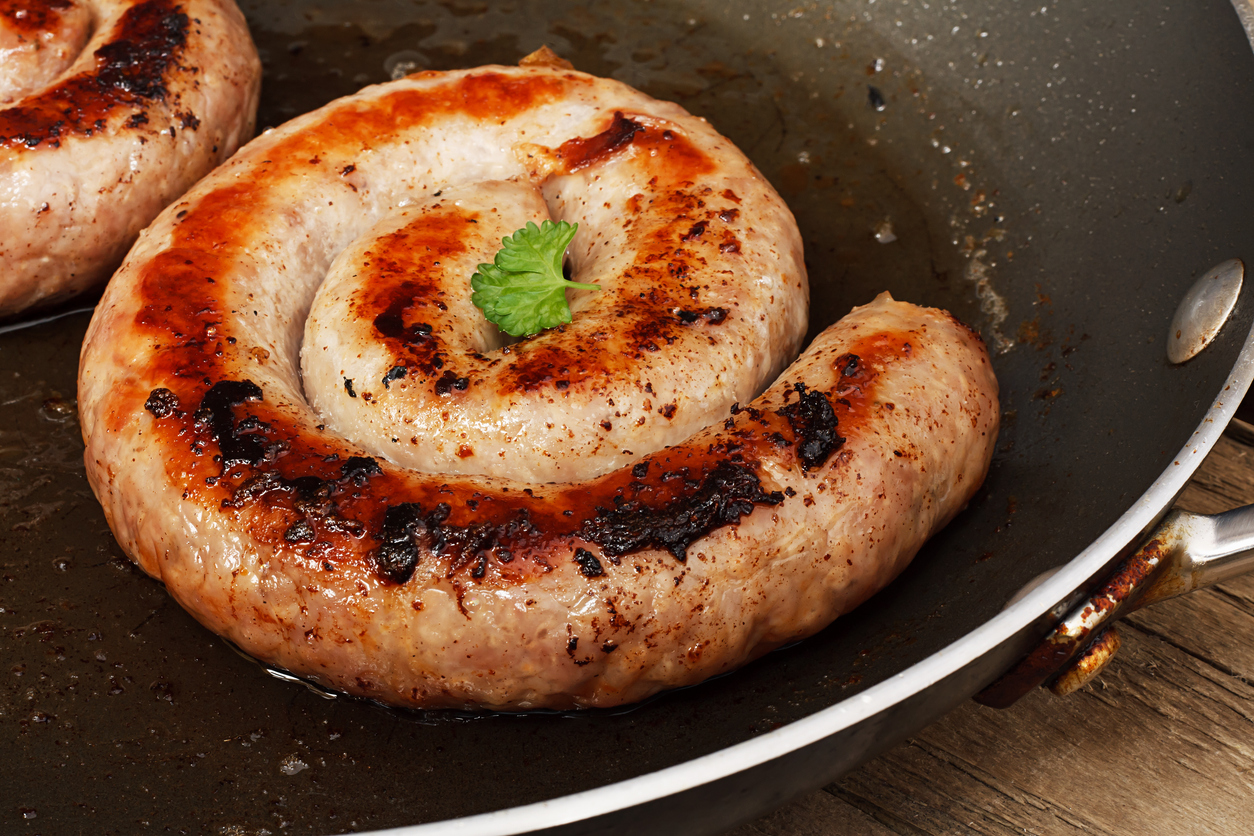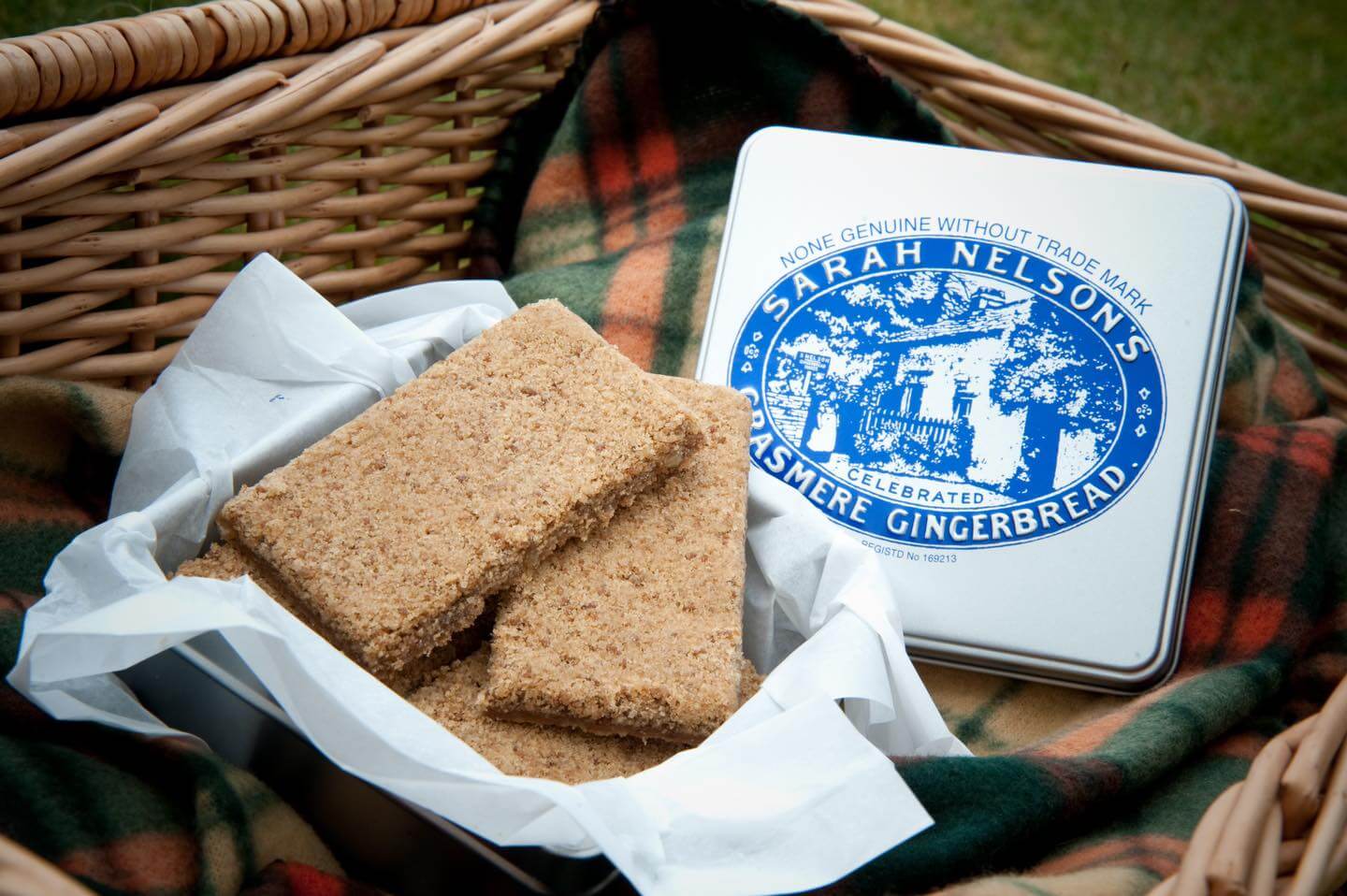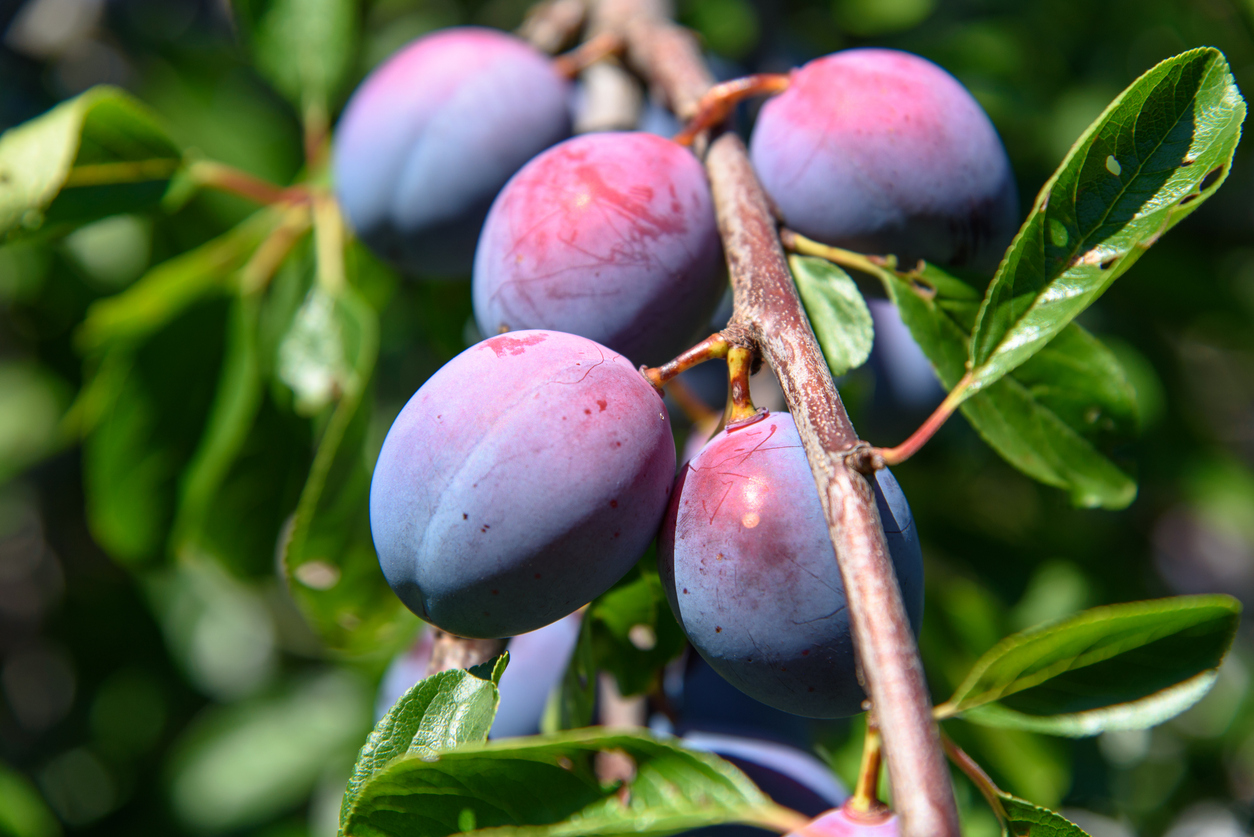Stretching from the Solway Firth in the north down to Morecambe Bay in the south, the county of Cumbria is best known for its stunning landscapes, coastline and the Lake District National Park. This region not only boasts an abundance of natural beauty but also a fine food heritage. We love our food in Cumbria, and there are some seriously famous dishes that have originated from this county – some you may have heard of, and others you perhaps haven’t.
In this blog, we’ll explore 10 traditional Cumbrian foods that showcase the region’s unique flavours and ingredients. From delicious meats from award winning Cumbrian butchers to delightful, sweet treats from talented bakers in Cumbria, these foods tell the story of Cumbria’s culture and heritage. Whether you’re a visitor looking to indulge in authentic Cumbrian food or a resident wanting to reconnect with your roots, join us as we dive into the delicious world of food in Cumbria.
A quintessentially Cumbrian delicacy, Cumberland rum butter is made with butter, dark brown sugar, dark rum and warm water, which are all beaten together to a creamy consistency and then left to chill in the fridge. Invented in Cumbria in the 18th century, rum butter first started appearing in Cumbrian larders when ports like Workington, Whitehaven and Maryport were important in the spice trade and rum was brought in from the West Indies along with spices like ginger, cinnamon and nutmeg. Today you can buy Cumberland rum butter from specialty food shops all over Cumbria and it is delicious spread on toast, crumpets and crackers or Christmas pudding during the festive season.
Cumberland sauce is a savoury British condiment, dating back to the late 19th century and commonly consists of red currants, port, orange, lemon, mustard and ginger. It is always served cold and is a wonderful accompaniment to cold meats such as gammon, turkey, duck and goose. You can find lots of variations of this traditional recipe from artisan makers all over Cumbria, but our favourites are produced by Claire’s Handmade and Hawkshead Relish.
Cumberland sausage is a type of sausage that dates back to the 18th century, in the historic county of Cumberland, now part of Cumbria in the Northwest of England. Traditionally sold as Cumberland sausage rings, these sausages were made with coarsely chopped pork, giving them a hearty, rustic texture that set them apart from other British sausages. Packed with rich, peppery flavour and made using the finest cuts of pork, Cumberland sausages are a versatile Cumbrian food that are a favourite for breakfast, BBQs or paired with creamy mash and onion gravy. They have remained a popular choice in British cuisine for centuries.

Cumbria is home to an abundance of local farmers and dairy producers making products such as yoghurt, cheese, ice cream, milkshakes and butter, utilising the milk produced from their cows, sheep and goats. With fertile lands which have nurtured generations of Cumbrian dairy farmers, the region’s agricultural legacy runs deep. Whether you’re drawn to soft cheeses or hard varieties, the county of Cumbria has a cheese for every taste. Each brings its unique flavours and traditions to the table, showcasing the rich heritage of cheesemaking and farming in Cumbria. You can find out more about Cumbrian cheese in our blog on the many fantastic cheese producers in Cumbria.
Cartmel Village Shop is famous for its sticky toffee pudding. Since starting out in small kitchen in the back of Cartmel Village shop over 20 years ago, Cartmel Sticky Toffee Pudding’s popularity has seen the business move to a much larger kitchen although the pudding is still handmade, and nothing beats it. You can get your hands on this scrumptious dessert online, in the Cartmel Village Shop in the Lake District or you can find them in independent fine food shops across the country such as Booths, Selfridges, Waitrose, Harvey Nichols and Fortnum & Mason. They produce a range of tasty puddings as well as gift hampers, perfect for those with a sweet tooth.
Kendal Mint Cake is a super sweet, mint flavoured confection that was first made in Kendal in the late 19th century by a local confectioner named Joseph Wiper. According to legend, Wiper, intending to make glacier mints, took his eye off the cooking pan for a minute and then, resuming his task, noticed that the mixture had started to ‘grain’ and become cloudy, instead of clear. When poured out, the result was Mint Cake. It was originally intended as a source of energy for climbers and hikers and became popular with explorers, including Sir Edmund Hillary and his team, who took it with them on their successful ascent of Mount Everest in 1953.
Grasmere Gingerbread is a delicious sweet and spicy cake that originates from the village of Grasmere in the Lake District. It has a unique texture that is both crunchy and chewy, and its spicy ginger flavour is a favourite of locals and tourists alike. It was first created in 1854 by Victorian cook Sarah Nelson at her church cottage home which is now the world-famous Grasmere Gingerbread Shop, located by St Oswald’s Church. Grasmere Gingerbread is still only made to Nelson’s original recipe at the Grasmere Gingerbread Shop, though a second shop was opened in the village of Hawkshead which also stocks the full product range.

Salt marsh lambs graze on land regularly covered by the sea, where the pasture contains salt tolerant plants which influence the flavour. In Cumbria, the marshlands on the Solway Firth Estuary and Morecambe Bay are some of the few places around the UK where sheep are reared this way. The marsh land is frequently washed by the seas, feeding the plant life and fauna. The lambs’ diet consists of wild coastal plants such as glasswort and sea lavender, providing the meat with a distinct flavour. Despite the assumption salt marsh lamb is salty, it’s actually rather sweet in flavour and delicate in texture.
Cumberland Rum Nicky is one of the oldest traditional Cumberland desserts dating back to the East Indies trading routes. During this time Whitehaven was the second biggest port in England, bringing products like ginger, dates, rum, molasses and spices to Britain. The canny Cumbrian seamen were given a bonus by the ship owners of some of the items they were carrying. This led them to invent a date, rum and ginger flan called Rum Nicky. It is assumed that the word nicky derives from the fact that the shortage of ingredients to complete the flan were often ‘nicked’ (stolen) from the ship.
The Lyth Valley between Kendal and Windermere are well known for their damson orchards, the home of the Westmorland Damson. The damsons form over the summer and ripen around September, and you’ll find fresh produce on sale at stalls and in shops shortly after. Known for its wonderful flavour, this member of the plum family is used to create an array of delectable treats, including locally produced jam, chutney and puddings. It’s also an ingredient in local damson gin.

With Cumbria’s generous natural larder, it’s no surprise there are so many fantastic traditional Cumbrian foods. From Cumberland sausage and salt marsh lamb to Cartmel Sticky Toffee Pudding and Grasmere Gingerbread, you can practically taste your way around the culture and heritage of this delicious county. Our county is truly bursting at the seams with mouth-watering treats to try. Hungry for more? Here at Made In Cumbria, we are proud to showcase some of the very best local food and drink suppliers in Cumbria including award-winning brewers, bakers, butchers, fishmongers and cheese makers who have collectively built Cumbria’s reputation for quality and excellence.
Join our mailing list and get all the latest news and up dates from Made In Cumbria.